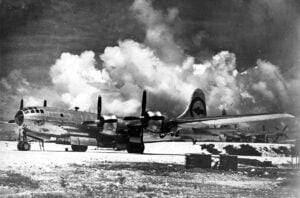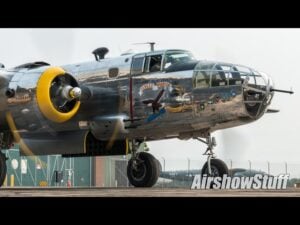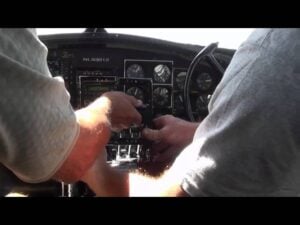5 Myths About WWII Tanks
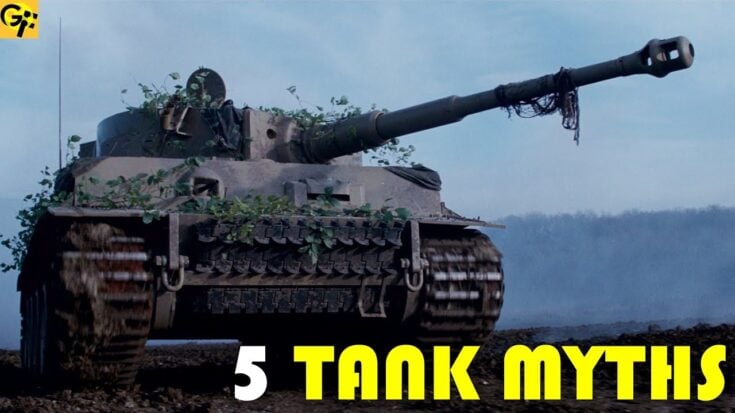
YouTube / Generation Films
World War II tank warfare has long been shaped by film and pop culture. Movies like The Battle of the Bulge and Fury have created lasting myths about the tanks that fought across Europe. In reality, much of what audiences believe about Sherman and German armor comes more from Hollywood than from history.
Myth 1: The Sherman Was a “Death Trap”
Early Sherman tanks earned grim nicknames like “Tommy Cooker” and “Ronson” because they sometimes caught fire when hit. This problem came from dry ammunition storage and gasoline engines. Later models fixed these flaws with wet storage systems and diesel engines, which greatly improved crew survival rates. Statistically, Sherman crews had survival odds similar to German tankers and even higher than Soviet ones.
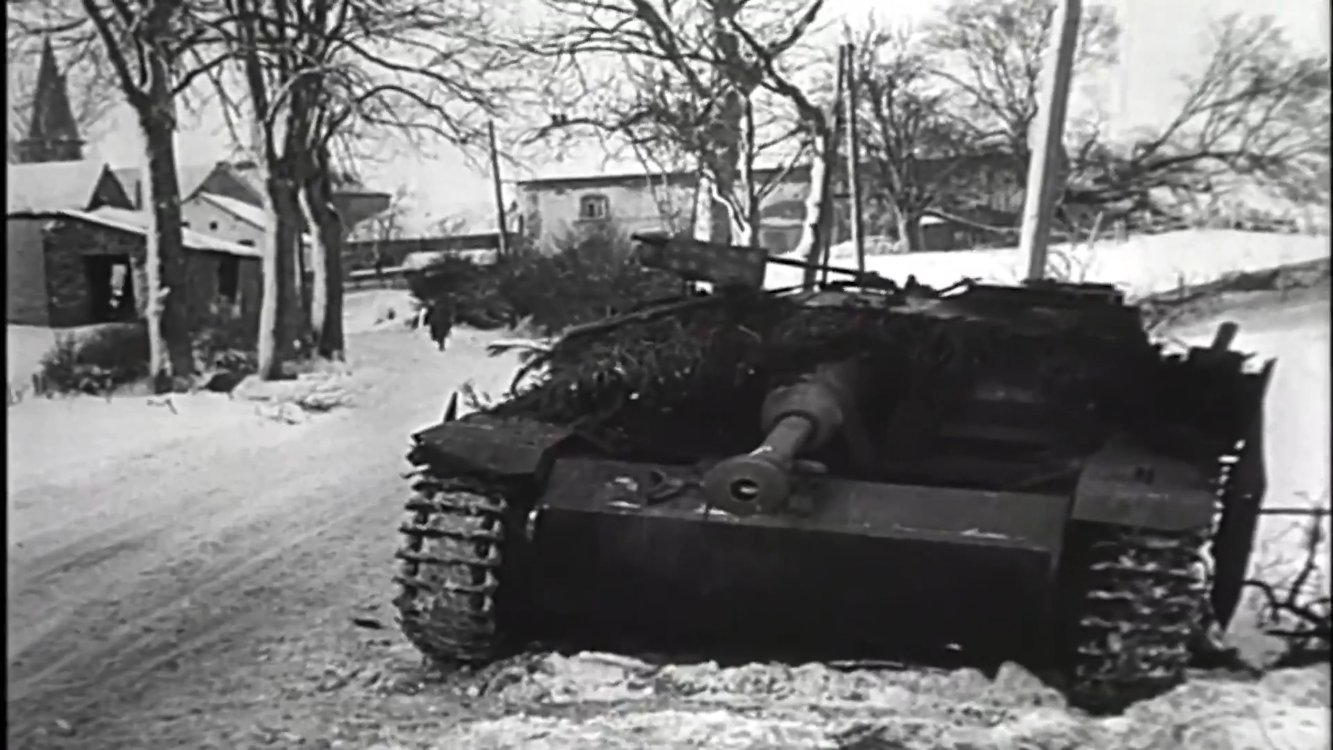
Myth 2: German Tanks Were Invincible
Films often portray Tigers and Panthers as unstoppable war machines. While these tanks had powerful guns and thick armor, they were plagued by reliability issues. Both consumed fuel at alarming rates and frequently broke down. During the Battle of the Bulge, more than half of the 415 deployed Panthers were lost to mechanical failure or fuel shortages, not enemy fire.
Myth 3: It Took Five Shermans to Defeat One German Tank
This claim is only partly true. Most Sherman units operated in platoons of five tanks, so battles often appeared as uneven matchups. Combat records show that American tank units generally needed only a two-to-one advantage to defeat German armor, thanks to better coordination, reliable equipment, and superior air support.
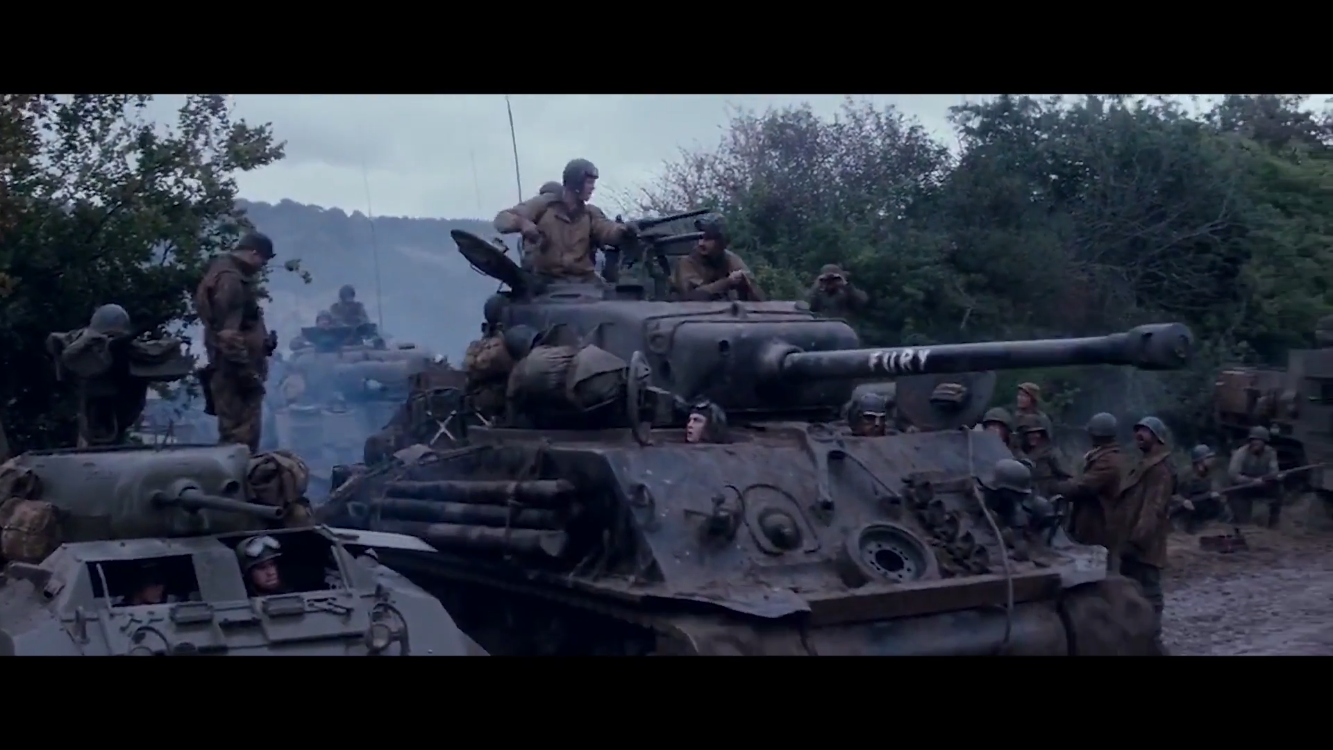
Myth 4: Tank Crews Faced the Highest Casualty Rates
Hollywood often depicts tankers as living in constant mortal danger. In truth, being a tank crewman was far safer than serving as an infantryman or bomber crew member. Only about 3 to 4 percent of Allied tankers were killed in action, compared to 18 percent of riflemen and 44 percent of RAF bomber crews. Inside a tank’s steel hull was, statistically, one of the safest places on the battlefield.
Myth 5: Tanks Fought Alone Without Infantry Support
Films often show tanks charging into towns or ambushes without infantry cover, but no real commander would make that mistake. WWII doctrine called for close cooperation between tanks and infantry. The Sherman was designed primarily for infantry support, while separate tank destroyer units handled anti-armor roles. When tanks advanced without infantry, they became easy targets for ambushes and close-range attacks.
















